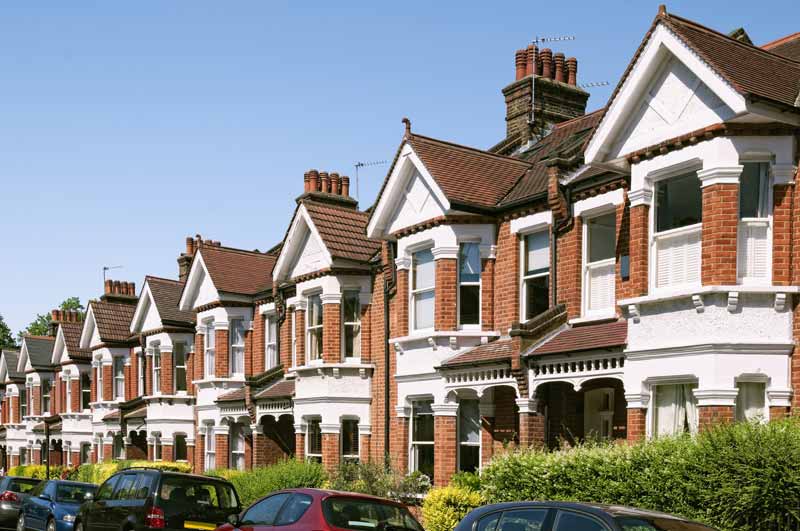14
June 2016
House Prices Grew 8.2% Over Past Year According to New Index
The first publication of the new UK House Price Index (HPI) has been released, and shows growth at 8.2% for the last year.
The new index is the product of revised methodology and the combination of indices previously published separately by the Office for National Statistics and the Land registry, in an effort to provide a uniform source for data on the housing market.
The index is “a joint production by Land Registry, Land and Property Services Northern Ireland, Office for National Statistics and Registers of Scotland” and has been “published initially as an experimental official statistic to allow for users to acclimatise to the format of the new HPI”.
According to the new HPI, house prices across the UK grew by 8.2% in the 12 months up to April, with the average property now valued at £209,054. This increase was slightly below the 8.5% jump over the year to March.
A drop in house price inflation between March and April is fairly consistent with most other reports on the housing market provided by mortgage lenders. Activity in the housing market generally dropped drastically between the two months, following a high number of transactions rushed through in March in preparation for the stamp duty hike in April.
Halifax’s measure actually showed annual house price growth to remain more or less flat at 9.2% in the months after March, when they recorded a jump of 10%. Halifax put the average UK house price at £213,472.
Nonetheless, while the rate of inflation fell in April, prices were still £1,300 higher than in March, according to the new HPI.
Regional variation was also shown to be fairly strong according to the new index. The average property in London now costs just over £470,000, the highest in the UK. The lowest average price was just shy of £122,000, recorded in the North East. The south east of England continues to increase in cost as well, with an average house price of £just over £301,500 making it the second most expensive region in the UK.
The same disparity was seen in terms of actual price growth. London saw prices grow fastest, with a 14.5% increase in the year to April, and the north east saw the least, at just 0.1%.
A recent survey from the Royal Institute of Chartered Surveyors, however, cast some doubt on the property market in London, particularly at the top end. Indeed, according to their survey, “35% more property professionals report[ed] that prices had fallen [in Central London] rather than risen over the past month.”
Nonetheless, data from the new HPI seems to contrast with this, with the City of London figuring as the top local authority district in the UK for house price growth, with annual inflation of 27.3% bringing property price up to £928,217.
Down at the other end of the scale, the worst performing local authority district judged by price growth was Merthyr Tydfil in Wales, where average prices fell by 11.1% to reach £82,217.
There was also variation in terms of property types, with the largest growth (at 9% for the year) seen in terraced houses, while detached properties, despite still recording the highest average price (£290,900) experienced the least growth, with costs going up by 6.7% over the year.





